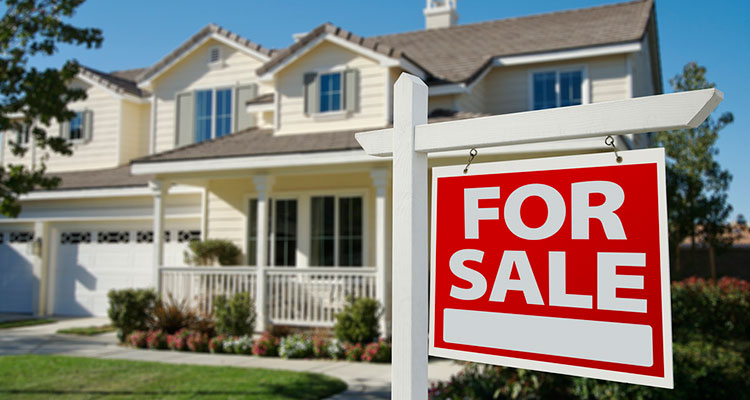Updated 4:12 PM PST, Mon April 28, 2014

The True Cost of PMI
With mortgage prices at all time lows, purchasing a house hasn't been more attainable. Yet, many individuals striving to benefit from the low mortgage rates fight to create the comparatively substantial down payment needed to guarantee a mortgage.
Luckily for the future home buyer, being unable to provide a traditional 20% down payment won't automatically lead to an automated loan rejection. Instead, several lenders will permit the future home buyer to remove a mortgage with a decreased down payment if they consent to get a personal mortgage insurance (PMI) coverage. But what's personal mortgage insurance and how can it assist lenders get confident with smaller down-payments?
Normally, PMI is needed when the future home purchaser is unable or reluctant to supply a down payment equivalent to twenty per cent of the planned loan. The real monthly price of the PMI coverage depends on how big the variety of loan, the interest and the deposit. Yet, a basic rule is that the PMI coverage will price somewhere between 0.5 and 1% of the whole loan. Notice that if you're military veteran, you may qualify for a VA House Loan which doesn't need a deposit or PMI. (To understand more, see VA Mortgage Qualifications For Individuals With Military Unit.)
PMI insurance can be pricey, while PMI permits the future home buyer to meet the requirements for a mortgage with a decreased deposit. The truth is, a PMI coverage can add hundreds if not thousands of bucks onto the householder's annual expenses. Over the existence of 30-year mortgage, $138 each month really can mount up. The good thing is that the expense of the policy contract is now tax deductible.
How You Can Prevent PMI
The greatest method to prevent having to buy a PMI coverage is always to satisfy the typical down payment of at least twenty per cent of the whole loan. Yet, in the occasion that you just cannot make a deposit of at least twenty per cent, there are several schemes that may let you avoid spending money on PMI.
Yet, you should remember that the lender will usually increase the interest on the home loan as a way to cover the expense of the lender compensated insurance.
Piggyback Loans: These loans, known as 80/10/10 loans, split up the sum borrowed into two loans as a way to make the needed 20 percent deposit. In this situation, the borrower removes a main mortgage for 80-percent of the cost of your home. The borrower subsequently takes out a 2nd mortgage for ten percent of the cost of your home. The profits are combined by the borrower from your second mortgage loan with cash from savings equaling ten percent of the cost of your home. Those contemplating this scheme should note the interest on the 2nd mortgage will usually be higher compared to the interest on the first-mortgage. Yet, both kinds of curiosity are tax-deductible.
Single Premium: With one premium PMI payment, the home-buyer isn't technically preventing PMI. Instead, the householder is avoiding creating monthly PMI repayments by creating an onetime insurance payment during the mortgage closure. This might be an excellent choice if the householder is intending to stay in place for five or more years with no strategies to refinance.
Terminating PMI
For those who find themselves unable to prevent PMI, it is significant to remember that it doesn't necessarily have to be paid-for the period of the mortgage. The truth is, once you've 20-percent equity in your house, you are able to typically remove the mortgage insurance. There are three methods to achieve 20% home equity.
Making your monthly mortgage repayments will reduce the loan-to-worth through time. As a way to reach the 20-percent equity brink quicker when you can manage it, you may consider creating more mortgage payment or 2.
House Worth Appreciation: The loan-to-worth of your mortgage might be lowered to below 80-percent, when the house value of your house increases. A re-appraisal of the housing will be required to validate the change in worth.
Moreover, the Homeowners Safety Act of 1998 (HPA), needs lenders to automatically cancel PMI when that loan is reduced to 7 8 percent of the house's worth or 7 7 percent in the instance of of high risk loans.
It Is significant to notice that the lender may reject the petition if there's a 2nd mortgage to terminate PMI, the home has diminished in worth or the loan isn't present.
Refinance: A third method to drop below the 80-percent threshold will be to refinance your home mortgage. You should manage to cancel your mortgage insurance, so the loan-to-worth drops below 80-percent when you can refinance your mortgage. Yet, there are some threats to re financing your mortgage.
It's an excellent time to take the marketplace for a home. Yet, should you not possess the funds to make the typical down payment, it is significant to be trained on personal mortgage insurance.



